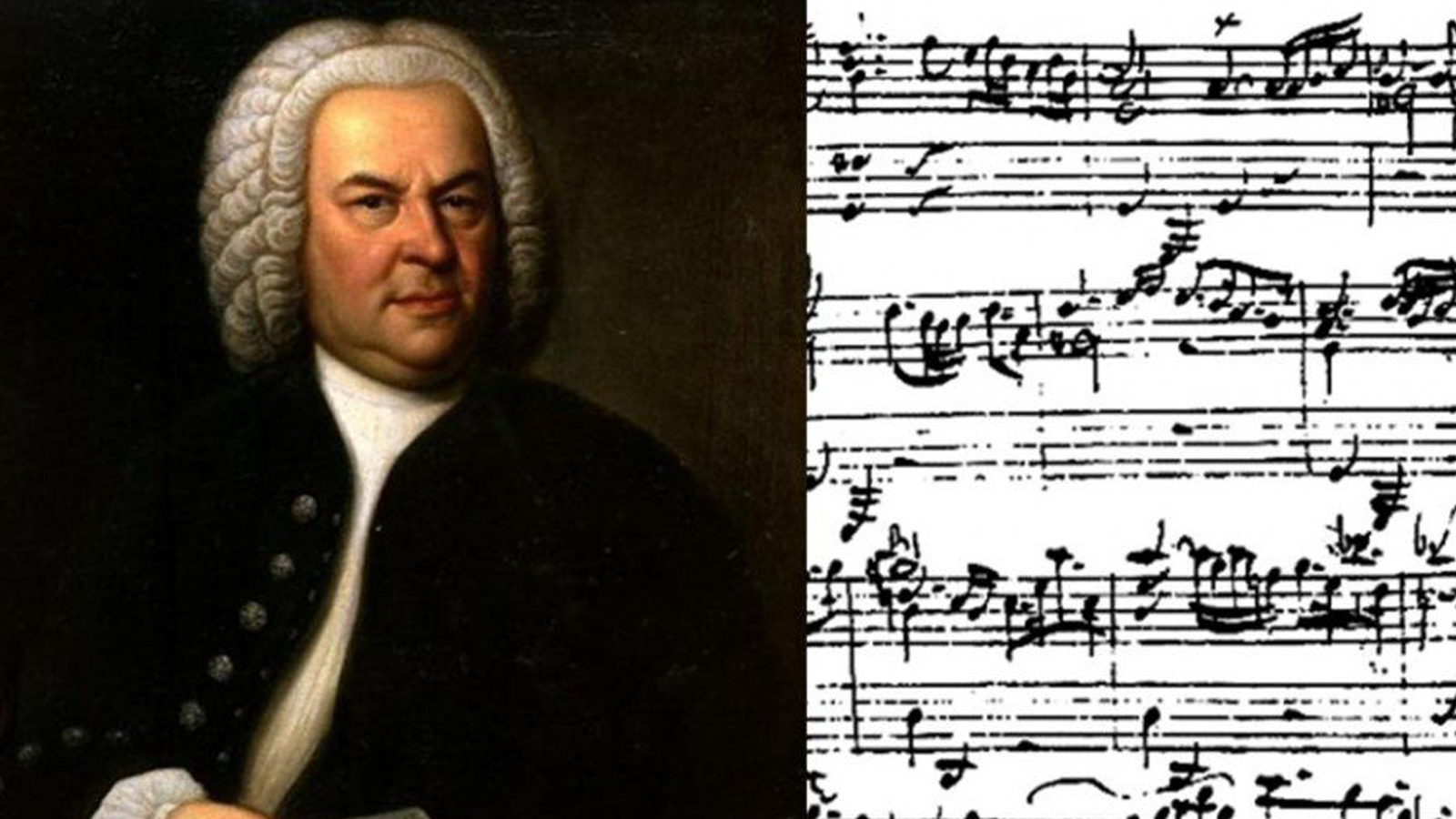
No. 6
Bach: Brandenburg Concertos

The Brandenburg Concertos are the most varied and innovative instrumental works of the baroque era. Most likely unplayed after the manuscript in Bach's own hand was sent off to Christian Ludwig, Margrave of Brandenburg-Schwedt, the manuscript were re-discovered in 1849. Once they were published in 1850 they contributed to the continued revival of interest in Bach's music that has since never flagged. In our own time much of the interest in "period" or "authentic" performance of baroque music began with the Brandenburg Concertos. How do we play the clarino trumpet part in Concerto No. 2, since the clarino, that high miniature trumpet was virtually extinct by Mozart's birth. Should the harpsichord part be played on a piano? And, more importantly, how do we keep renewing interest in pieces that have been in constant use for more than a hundred years?
Here are some quick guidelines for distinguishing each of the Six Concertos from one another. When we list an instrument we are really listing an instrumental part, For example, when we say a concerto is scored for 3 violins, what we mean is that Bach wrote different parts for 3 violins. A conductor can assign as many instruments as he wants to a single part. Hence a violin section of 12 violins could be divided so that 4 violins play each of the 3 violin parts.
No. 1 is in the key of F, a pastoral key and so as a consequence has parts for two horns. It is the only Concerto to feature horns or to be in four movements. It's also the longest of the six.
No. 2 is famous for its high, incredibly difficult trumpet part. The trumpet is part of a true solo ensemble made up of trumpet, recorder, oboe, and violin set against another ensemble made up of two violins, viola, violone, (an early form of the double bass) and harpsichord. For watchers to early Public Television, the last movement was the theme music to Bill Buckley's "Firing Line".
No. 3 is really for lots of strings, scored as it is for 3 violins, 3 violas and 3 cellos, giving the music a thick, rich sound unlike any of the others. The middle movement is just two chords; that’s Bach's way of demanding some improvisation at this point. It is the only time in the course of the six that Bach calls for a player to step up and invent something on the spot.
No. 4 is another concerto that balances a group of soloists against a larger group. In this case the solo instruments are a "principal" violin and two recorders called "Flauti d'Echo" --a beautiful description of the sound of recorders--; the soloists are backed up by two violins, viola, cello, violone and harpsichord. This concerto calls for virtuosic violin playing, but it avoids sounding like Vivaldi because the second movement is given over entirely to the 3 solo instruments. The violin plays the bass line!
No. 5 places the instrument that has been in the background until now front and center: the harpsichord. Apparently, Bach talked his employer at Koethen in to purchasing a brand new harpsichord and he wanted to show it off, probably, to justify the purchase. Another theory is that the concerto was actually written as part of an anticipated competition with another keyboard player and composer, Frenchman Louis Marchand. In the middle movement when only the solo group of harpsichord, flute and violin play the music is based on a theme by Marchand. In any case Marchand declined the invitation. Bach had a fearsome reputation as a keyboard player and improviser. Some scholars believe that No. 5 is the first of the thousands of keyboard or piano concertos to follow.
No. 6 refuses to have anything to do with violins. Instead it relies on two violas, giving the concerto a mellowness, an almost chocolate sound. The instrumentation includes a viola da gamba, which even Bach thought terribly old fashioned. But it was the instrument that Leopold, Bach's employer played, and the old guy had asked if he couldn't sometimes play along with his ensemble. This seems to be the concerto written with Leopold in mind.
Top 40 Countdown
A few years ago the listeners to WNED Classical told us what they thought a TOP 40 list of Classical pieces should be. Six hundred and twenty-two different pieces were put forward, and over nine hundred listeners participated. The result, The WNED Classical Top 40, was both startling and comforting. There were a number of surprises, Stravinsky and Copland made the list; Mendelssohn and Schumann did not! It was comforting to know that the two most popular composers were Beethoven and J.S. Bach. The biggest surprise of all was the piece that crowned the list as No. 1.